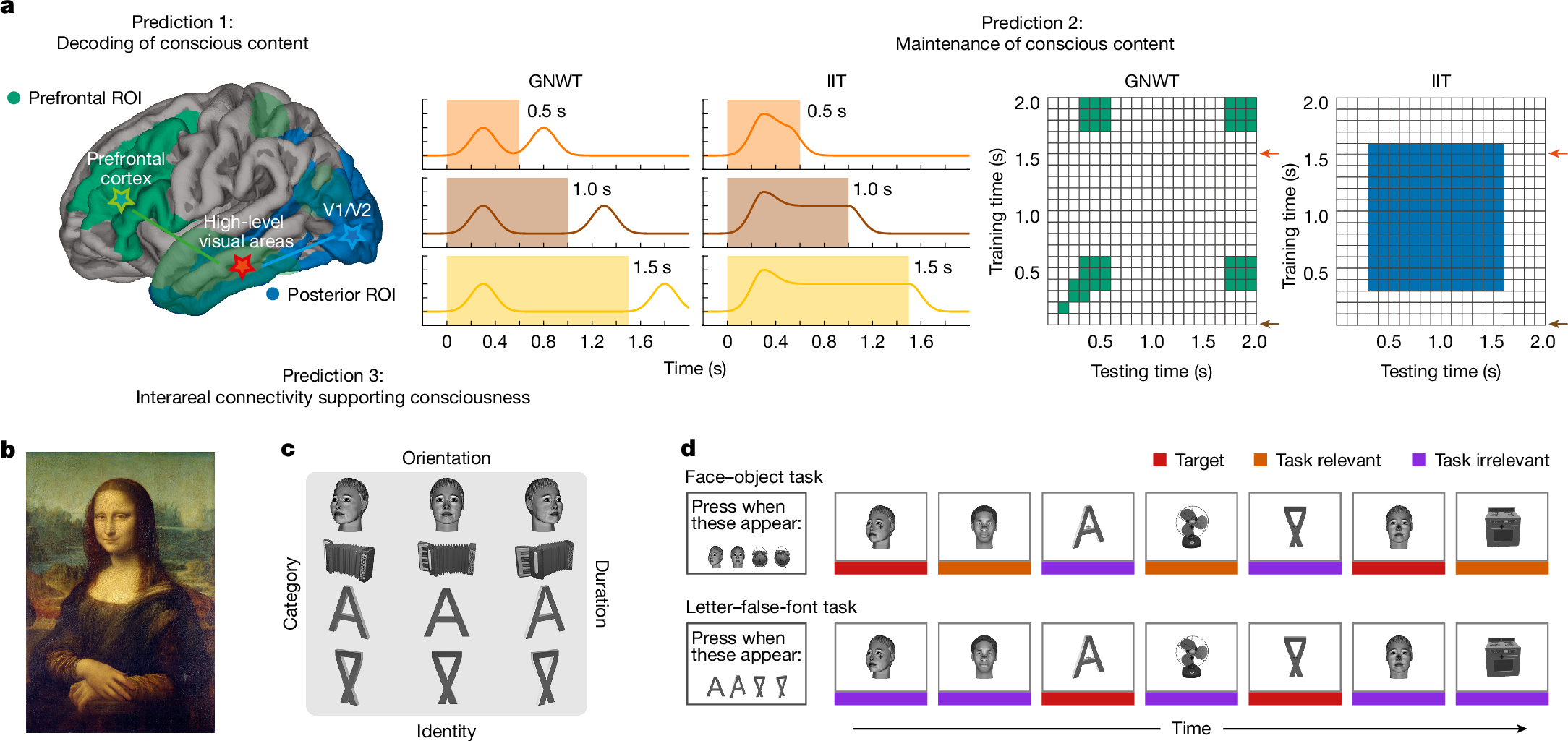2025-04-29 バーミンガム大学
<関連情報>
- https://www.birmingham.ac.uk/news/2025/focal-brain-damage-leaves-people-more-open-to-being-influenced-by-impulsive-others
- https://journals.plos.org/plosbiology/article?id=10.1371/journal.pbio.3003079
前頭前皮質背内側および内側前野の病変は、社会的影響と時間的割引に異なる影響を及ぼす Dorsomedial and ventromedial prefrontal cortex lesions differentially impact social influence and temporal discounting
Zhilin Su ,Mona M. Garvert,Lei Zhang,Todd A. Vogel,Jo Cutler,Masud Husain,Sanjay G. Manohar,Patricia L. Lockwood
PLOS Biology Published: April 28, 2025
DOI:https://doi.org/10.1371/journal.pbio.3003079
Abstract
The medial prefrontal cortex (mPFC) has long been associated with economic and social decision-making in neuroimaging studies. Several debates question whether different ventral mPFC (vmPFC) and dorsal mPFC (dmPFC) regions have specific functions or whether there is a gradient supporting social and nonsocial cognition. Here, we tested an unusually large sample of rare participants with focal damage to the mPFC (N = 33), individuals with lesions elsewhere (N = 17), and healthy controls (N = 71) (total N = 121). Participants completed a temporal discounting task to estimate their baseline discounting preferences before learning the preferences of two other people, one who was more temporally impulsive and one more patient. We used Bayesian computational models to estimate baseline discounting and susceptibility to social influence after learning others’ economic preferences. mPFC damage increased susceptibility to impulsive social influence compared to healthy controls and increased overall susceptibility to social influence compared to those with lesions elsewhere. Importantly, voxel-based lesion-symptom mapping (VLSM) of computational parameters showed that this heightened susceptibility to social influence was attributed specifically to damage to the dmPFC (area 9; permutation-based threshold-free cluster enhancement (TFCE) p < 0.025). In contrast, lesions in the vmPFC (areas 13 and 25) and ventral striatum were associated with a preference for seeking more immediate rewards (permutation-based TFCE p < 0.05). We show that the dmPFC is causally implicated in susceptibility to social influence, with distinct ventral portions of mPFC involved in temporal discounting. These findings provide causal evidence for sub-regions of the mPFC underpinning fundamental social and cognitive processes.


